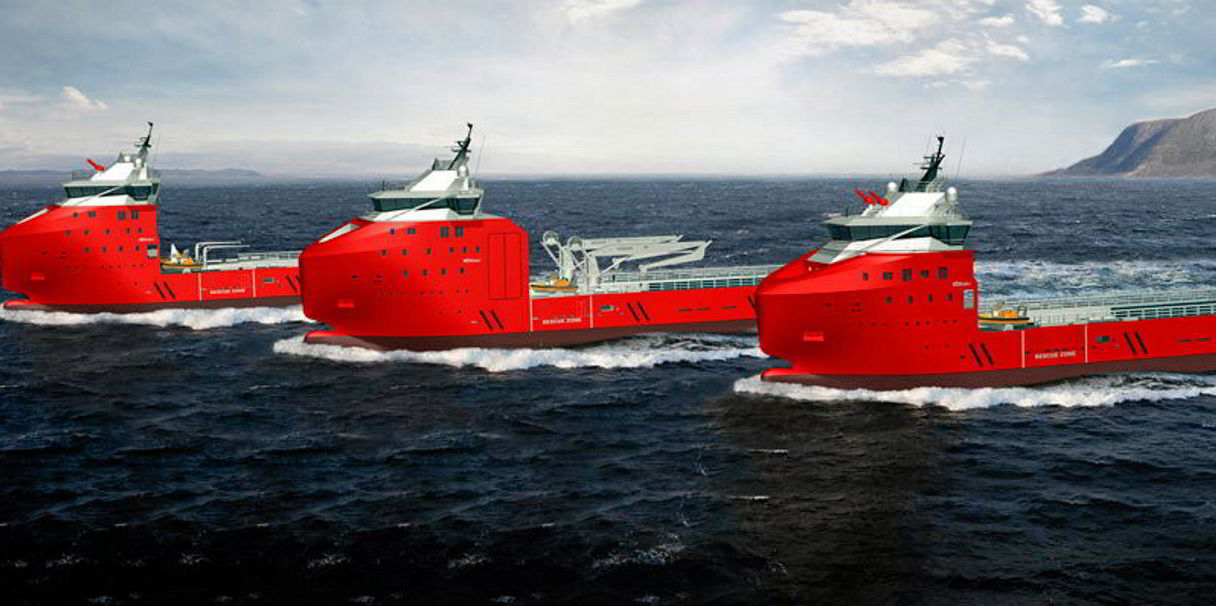Siem Offshore has revealed energy contractors are flocking to tie up subsea construction ships on period charters as activity rises.
The second quarter saw a general increase in activity in most offshore support segments worldwide, the Oslo-listed company said.
“We now see that firm requirements for multi-year contracts are hitting the market” for construction units, the company added.
This is a strong signal that charterers are positioning themselves strategically to mitigate the risk of not being in control of assets for carrying out projects already booked in the years ahead.
“Having refrained from taking on long-term contracts in the previously weak market, most of our [construction ships] are in a position to target longer-term opportunities in the coming years,” the owner added.
The construction ship market was more or less sold out already from the first quarter, and the few contracts that were concluded resulted in high day rates and reasonable contract terms, the second quarter report states.
The North Sea spot market started with relatively low activity for the anchor-handling tug supply (AHTS) segment, but saw an impressive increase from mid-May, with day rates close to £200,000 ($237,000) at the end of the quarter, “levels which we have not seen in years”, Siem said.
The AHTS market was mainly driven by low availability due to increased project work and activity in the UK sector.
The platform supply vessel (PSV) segment was tight for most of the period and produced better results than in recent years.
Predictions of growth borne out
The expected increase in activity in Brazil, West Africa and the North Sea is now showing signs of realisation from 2022 and onwards, the owner argues.
“We reiterate our positive outlook that our young and advanced fleet will be in demand for many years to come. The focus is currently on securing utilisation for Q4 and further into 2023 to reduce winter downtime,” Siem added.
Longer-term prospects for PSV and AHTS markets have strengthened due to the increased oil price and Europe’s stated aim to reduce dependence on Russia oil and gas.
“The renewable energy segment is also under a parallel pressure to increase its output for the same reason, in addition to the longer-term transition for a more sustainable energy production perspective,” Siem said.
The floating offshore wind segment remains “in a premature stage of development”, the company believes.
AHTSs to fill the gap
But this industry is expected to require high-end AHTS vessels for the installation of mooring and hook-up projects, Siem said.
“Due to the high capex expenditure required to build such a vessel, and the limited length of time required per installation project, it’s foreseen that the current AHTS fleet will be a key contribution to the supply chain to realise the forecasted installed GW plans towards the second part of the decade,” the owner concluded.
Revenue from the 28 ships in the second quarter grew to $75.3m, up from $66.4m in 2021.
This helped net earnings along to $19.5m, way down on the $103m last year when the company was boosted by a $92m debt-to-equity conversion being recognised as financial income during its restructuring.
Operating profit came in at $15.5m, from $11.3m the year before.





